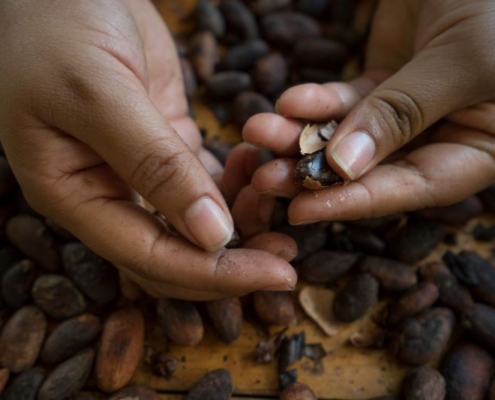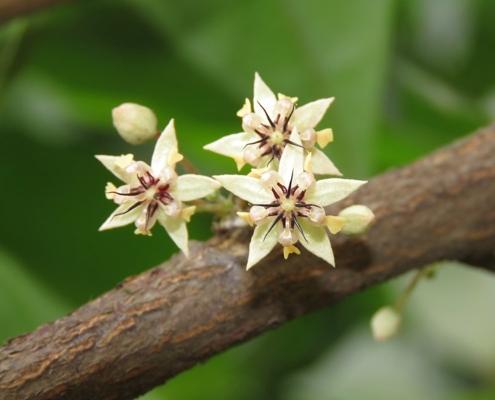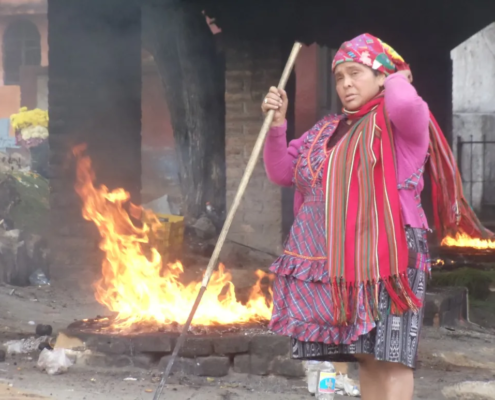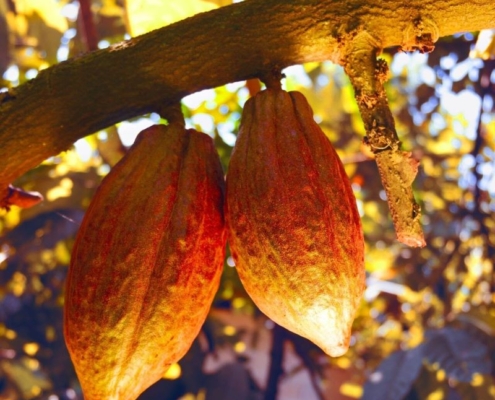Mayan Cacao Ceremony Facts. I felt there was a need to clarify what a Mayan Cacao Ceremony is, who should offer this event, and why individuals might enjoy the Ceremony.
Traditionally, Mayan Cacao Ceremonies are guided by Mayan shamans. These individuals hold a deep understanding of Mayan culture, traditions, and the spiritual significance of cacao. They act as facilitators, guiding participants through the ceremony’s various stages and ensuring a safe and respectful experience.
Unfortunately, this is not the case with many offering Ceremonies. It’s important to note that with the growing popularity of Mayan Cacao Ceremonies, some yoga studios, wellness centers, and retreat centers outside of Guatemala also offer their versions of the ceremony.
While these experiences may incorporate elements of Mayan traditions, they might not be led by Mayan shamans or fully adhere to the cultural context and significance of the original practice.
Mayan Cacao Ceremony Facts is a traditional practice rooted in the Mayan culture, where participants gather to consume specially prepared cacao and engage in spiritual activities. Here’s a breakdown of its key aspects:
Significance of Cacao:
- Considered a sacred plant by the Mayans, referred to as “the food of the Gods” or “blood of our ancestors.”
- Believed to possess divine properties and facilitate connections to the spiritual realm.
Ceremony Structure:
- Setting intentions: Participants establish personal goals for the ceremony, like healing, spiritual connection, or gaining clarity.
- Cacao preparation: The cacao is typically prepared as a beverage, often using specific rituals and traditional methods.
- Consumption: Participants drink the cacao mindfully, allowing it to open their hearts and potentially induce a heightened state of consciousness.
- Meditation and reflection: After consuming the cacao, participants engage in meditation or reflection, focusing inward and connecting with their intentions.
- Additional elements: Depending on the facilitator, the ceremony might incorporate:
- Shamanic guidance: A Mayan shaman may guide the group through visualizations, breathing exercises, or storytelling to deepen the experience.
- Chanting and music: Rhythmic chanting and traditional Mayan instruments can be used to create a specific atmosphere.
Overall, the Mayan Cacao Ceremony is a journey of self-discovery and spiritual connection, facilitated by the unique properties of cacao and the guidance of traditional practices.
Mayan Cacao Ceremony Facts. Setting intentions is a crucial step in the Mayan Cacao Ceremony, acting as a roadmap for your journey within the experience. Here’s a further exploration of this important aspect:
Why Set Intentions?
- Focuses attention: By setting a clear intention, you direct your focus and energy towards a specific area you wish to explore or address during the ceremony.
- Enhances potential: Having a defined intention can amplify the impact of the ceremony by aligning your inner self with the potential benefits it offers.
- Provides direction for reflection: When reflecting after consuming the cacao, your intention acts as a reference point, guiding your introspection and helping you identify insights or experiences relevant to your desired outcome.
Examples of Intentions:
- Healing: Seeking emotional, physical, or spiritual healing from specific past experiences or ongoing challenges.
- Spiritual connection: Deepening your connection to a higher power, nature, or your inner world.
- Clarity: Gaining insight into a personal dilemma, seeking guidance for decision-making, or fostering a sense of clarity on life goals.
- Creativity: Encouraging inspiration, artistic expression, or fresh perspectives in your creative endeavors.
Remember: Your intention is personal and should resonate with your current needs and aspirations.
Mayan Cacao Ceremony Facts. The unique combination of elements indeed facilitates a powerful introspective journey:
Cacao’s Role:
- Theobromine and Anandamide: These natural compounds in cacao are known to stimulate the release of feel-good chemicals like dopamine and serotonin, potentially creating a sense of well-being and openness.
- Heart-Opening Properties: Traditionally believed to have heart-opening properties, the cacao may facilitate emotional release and deeper connection to one’s inner feelings.
Ceremony’s Setting:
- Sacred Space: The intentional creation of a sacred space fosters a sense of safety and encourages participants to let go of distractions and delve inward.
- Rituals and Practices: Guided meditations, breathing exercises, or even music can create a focused and introspective atmosphere, conducive to self-exploration.
Combined Impact:
- Heightened Awareness: The combined effects of the cacao and the ceremony’s setting can lead to a heightened state of awareness, allowing participants to observe their thoughts and emotions with greater clarity and objectivity.
- Unveiling Hidden Aspects: This deeper awareness can unveil hidden aspects of oneself, repressed emotions, or limiting beliefs that may have been previously obscured.
- Integration and Growth: Through introspection and potential emotional release, individuals can gain a deeper understanding of themselves, leading to personal growth and a sense of self-acceptance.
Cacao Facts. Cacao is not grown around Lake Atitlan.
Cacao is primarily grown in the northern region of Guatemala, encompassing the departments of:
- Petén
- Alta Verapaz
- Quiché
- Izabal
Alta Verapaz is particularly renowned for its high-quality cacao, with a long history of cultivation dating back to the 1940s. The specific municipality of Cahabón within Alta Verapaz is known as the principal producer of cacao in the department, contributing roughly 30% of the region’s total production.
These areas provide the ideal climatic conditions for cacao growth, characterized by:
- Warm temperatures: Cacao thrives in consistently warm temperatures, typically ranging between 18°C and 32°C (64°F and 90°F).
- High humidity: Ample moisture is crucial for cacao plants, and the northern region of Guatemala generally experiences high humidity levels.
- Significant rainfall: While excessive rain can be detrimental, moderate to regular rainfall is essential for cacao growth and development.
- Shade: Cacao trees typically require shade from taller trees to protect them from direct sunlight and regulate their temperature.
The combination of these factors, along with the fertile soil and traditional farming practices employed in Guatemala, contributes to the production of high-quality cacao beans renowned for their unique flavor and aroma.






 Ethical Fashion Guatemala
Ethical Fashion Guatemala Ethical Fashion Guatemala
Ethical Fashion Guatemala